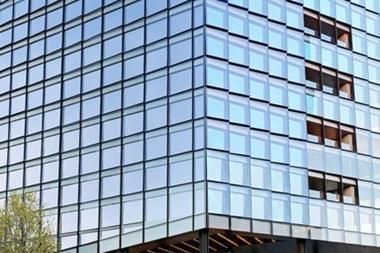It has been great to see the streets of London so much busier in recent weeks. Life is returning to the city’s office hubs and a more ‘normal’ way of working life is materialising. The conversation is about new ways of working and office design and many Grainger investors are asking how the pandemic has influenced the design of our homes.

We know the pandemic has changed our thinking and opened our eyes to the possibilities of new ways of working – for many a combination of home based and office based – but we also know the value office life and face-to-face working brings in terms of development, culture, creativity and collaboration.
As businesses wrestle with the right route forward for both themselves and their employees, many are working hard to strengthen the appeal of the office – creating more flexible spaces with features and amenities that combine to make a compelling offering and experience for the end user.
While it is clear that the way we use offices is changing and the layout and facilities need to adapt to reflect this, how far do we go? Will turning our office spaces into homes away from home really be the draw for those who prefer the benefits of home working? Do we really want the office to feel like home, especially when for long periods home has felt like the office?
For me personally, I love the office. I enjoy being in amongst everything, seeing colleagues chatting beside the coffee machine, meeting new team members and holding face-to-face meetings. However, I also like to leave the office, and create some separation.
Am I traditional? I like the office to feel like the office and home to feel like home.

Two years of Zoom revealed some colleagues were perched on a bed or on a sofa and some had swish home offices or cabins in the garden. For those who choose to live in a build-to-rent development, we have been creating spaces for people to work in at home.
Our entire offering focuses on taking the hassle out of renting and making life easier for our time-poor residents. We do this in many ways, but over the years we have responded to trends and evolved our offering so that elements including gyms and wellness rooms, lounges, co-working spaces, meeting rooms, Zoom rooms and superfast wifi have become more of our standard offering.
Our spaces are highly flexible, accessible and adaptable – with many gyms available 24/7. Not only do these elements provide added value to residents and reduce the cost burden of additional gym memberships and wifi subscription amid concerns around the cost of living; they provide flexibility and optionality, often filling the gap between the office and the home.
It is known that our work environment affects our productivity and our health, and likewise so does our home environment.
The question remains where and how do we draw the line between home life and office life – and do we want to draw the line at all?
Helen Gordon is chief executive of Grainger





























No comments yet